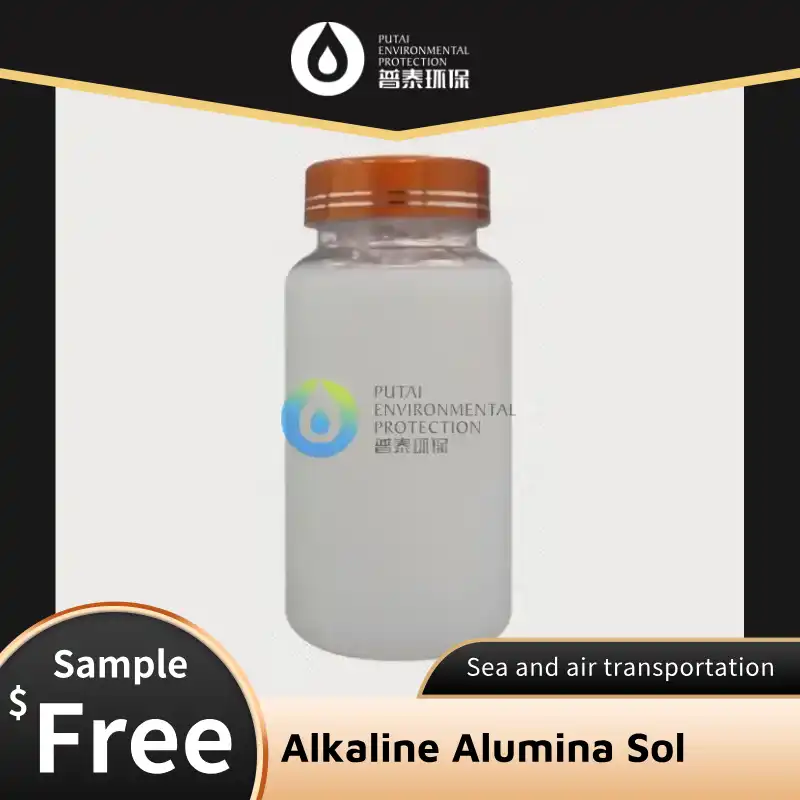The Promise of Self-Cleaning Technologies
The concept of self-cleaning surfaces might sound like something out of a science fiction novel, but it's rapidly becoming a reality. These innovative surfaces are designed to repel dirt, grime, and bacteria, significantly reducing the need for manual cleaning and maintenance. The implications of this technology are far-reaching, offering benefits across multiple sectors:
- Architecture: Imagine buildings that maintain their pristine appearance with minimal intervention, reducing maintenance costs and enhancing aesthetic longevity.
- Healthcare: Hospitals and medical facilities could benefit from surfaces that inherently resist bacterial growth, potentially reducing the spread of infections.
- Automotive Industry: Vehicles coated with self-cleaning materials could maintain their luster and cleanliness, even in challenging environmental conditions.
- Solar Energy: Self-cleaning solar panels could operate at peak efficiency by resisting dust accumulation, maximizing energy production.
The key to unlocking these possibilities lies in advanced materials science, particularly in the development of coatings that can impart self-cleaning properties to various surfaces. Among these innovative solutions, alkaline alumina sol has emerged as a promising candidate.
Alkaline Alumina Sol: Enabling Easy-Clean Surfaces
Alkaline alumina sol, a colloidal suspension of aluminum oxide particles in an alkaline medium, has garnered significant attention in the realm of self-cleaning coatings. This unique material combines the robust properties of alumina with the versatility of sol-gel processing, resulting in coatings that exhibit remarkable self-cleaning capabilities.
The science behind alkaline alumina sol coatings is rooted in their ability to create a superhydrophilic surface. When applied to a substrate, these coatings form a thin, transparent layer that dramatically alters the surface's interaction with water and contaminants. Here's how it works:
- Superhydrophilicity: The coating creates a surface with an extremely high affinity for water. When water comes into contact with the surface, it spreads out to form a thin, uniform film rather than beading up.
- Photocatalytic Activity: Many alkaline alumina sol coatings incorporate photocatalytic materials, such as titanium dioxide. When exposed to light, these materials trigger chemical reactions that break down organic contaminants.
- Self-Cleaning Mechanism: The combination of superhydrophilicity and photocatalytic activity results in a self-cleaning effect. Water spreads across the surface, carrying away dirt and debris, while organic contaminants are decomposed by photocatalytic reactions.
The applications of alkaline alumina sol coatings are diverse and expanding. From architectural glazing to automotive finishes, these coatings offer a range of benefits:
- Reduced Cleaning Frequency: Surfaces treated with alkaline alumina sol require less frequent cleaning, saving time and resources.
- Enhanced Durability: The coating can protect underlying materials from environmental degradation, extending their lifespan.
- Improved Aesthetics: By maintaining cleanliness, these coatings help preserve the visual appeal of treated surfaces.
- Environmental Benefits: Reduced need for cleaning chemicals and water contributes to environmental sustainability.
From Theory to Practice: Implementing Self-Cleaning Coatings
While the potential of alkaline alumina sol coatings is immense, transitioning from laboratory success to widespread practical application presents several challenges. Researchers and industry professionals are actively working to overcome these hurdles:
Durability and Longevity
One of the primary concerns in implementing self-cleaning coatings is ensuring their longevity. Coatings must withstand various environmental conditions, including UV exposure, temperature fluctuations, and mechanical wear. Ongoing research focuses on enhancing the durability of alkaline alumina sol coatings through:
- Nanocomposite Formulations: Incorporating nanoparticles or other reinforcing materials to improve scratch resistance and overall durability.
- Cross-linking Agents: Developing advanced cross-linking strategies to create more robust and resilient coating structures.
- Multi-layer Systems: Exploring the potential of multi-layer coating systems that combine the self-cleaning properties of alkaline alumina sol with protective top layers.
Application Techniques
The effectiveness of self-cleaning coatings heavily depends on the quality and uniformity of their application. Researchers are refining application techniques to ensure consistent performance across various substrates:
- Spray Coating: Optimizing spray parameters to achieve uniform coverage on complex geometries.
- Dip Coating: Developing precise dip coating protocols for large-scale manufacturing processes.
- Sol-Gel Processing: Refining sol-gel synthesis methods to produce coatings with controlled porosity and surface properties.
Cost-Effectiveness
For widespread adoption, self-cleaning coatings must offer a compelling cost-benefit ratio. Efforts are underway to reduce production costs and improve the economic viability of alkaline alumina sol coatings:
- Scalable Production: Developing large-scale manufacturing processes to reduce production costs.
- Alternative Precursors: Exploring the use of more cost-effective alumina precursors without compromising coating quality.
- Lifecycle Cost Analysis: Conducting comprehensive studies to demonstrate the long-term economic benefits of self-cleaning coatings in various applications.
Regulatory Compliance and Safety
As with any new technology, ensuring regulatory compliance and safety is paramount. Researchers and industry stakeholders are collaborating to address these concerns:
- Toxicity Studies: Conducting thorough investigations into the potential environmental and health impacts of alkaline alumina sol coatings.
- Standardization: Working towards establishing industry standards for the production, application, and performance evaluation of self-cleaning coatings.
- Life Cycle Assessment: Analyzing the overall environmental impact of these coatings from production to disposal.
Performance Optimization
Continuous improvement in coating performance is crucial for widespread adoption. Research efforts are focused on enhancing various aspects of alkaline alumina sol coatings:
- Photocatalytic Efficiency: Developing coatings with improved photocatalytic activity, enabling faster breakdown of contaminants.
- Hydrophilicity Control: Fine-tuning the hydrophilic properties to optimize water sheeting and contaminant removal.
- Multifunctional Coatings: Exploring the integration of additional functionalities, such as anti-fogging or anti-bacterial properties, into self-cleaning coatings.
Substrate Compatibility
Expanding the range of compatible substrates is crucial for broadening the application scope of alkaline alumina sol coatings. Research in this area includes:
- Adhesion Promoters: Developing specialized primers or surface treatments to enhance coating adhesion on challenging substrates.
- Flexible Coatings: Creating formulations that maintain self-cleaning properties on flexible or deformable surfaces.
- Thermal Expansion Matching: Addressing issues related to thermal expansion mismatch between coatings and substrates in high-temperature applications.
Environmental Adaptability
Self-cleaning coatings must perform effectively across a wide range of environmental conditions. Ongoing research aims to improve their adaptability:
- Low-Light Performance: Enhancing photocatalytic activity in low-light conditions or developing alternative self-cleaning mechanisms.
- Temperature Resistance: Improving coating performance in extreme temperature environments, from arctic cold to tropical heat.
- Chemical Resistance: Developing coatings that maintain their self-cleaning properties when exposed to various chemicals or pollutants.
Integration with Smart Technologies
The future of self-cleaning surfaces may lie in their integration with smart technologies:
- Sensor Integration: Incorporating sensors to monitor coating performance and environmental conditions.
- Self-Healing Properties: Exploring the potential for coatings that can repair minor damage autonomously.
- Responsive Coatings: Developing coatings that can adjust their properties in response to changing environmental conditions.
As research progresses and these challenges are addressed, the potential for widespread implementation of alkaline alumina sol coatings continues to grow. The future promises surfaces that not only clean themselves but also contribute to improved hygiene, reduced maintenance costs, and enhanced sustainability across various industries.
Conclusion
The development of self-cleaning surfaces using alkaline alumina sol coating materials represents a significant leap forward in materials science and surface technology. As we continue to refine and optimize these coatings, we move closer to a future where maintaining clean and hygienic surfaces becomes effortless and resource-efficient.
The potential applications of this technology are vast, promising to transform industries ranging from architecture and healthcare to automotive and renewable energy. By reducing the need for frequent cleaning and maintenance, these coatings not only offer convenience but also contribute to sustainability efforts by conserving water and reducing the use of cleaning chemicals.
However, the journey from laboratory success to widespread practical application is ongoing. Researchers and industry professionals are actively working to overcome challenges related to durability, cost-effectiveness, and scalability. As these hurdles are addressed, we can expect to see an increasing presence of self-cleaning surfaces in our daily lives.
The future of surface technology is bright, and alkaline alumina sol coatings are at the forefront of this revolution. As we continue to innovate and refine these materials, we move closer to a world where cleanliness and efficiency go hand in hand, paving the way for smarter, more sustainable living environments.
For those in the water treatment and environmental protection industries, the implications of this technology are particularly significant. As a leader in waste and drinking water treatment chemicals, Xi'an PUTAI Environmental Protection Co., LTD. recognizes the potential of alkaline alumina sol coatings to revolutionize surface maintenance in water treatment facilities. Our extensive experience in producing high-quality coagulants and other water treatment chemicals positions us uniquely to explore the integration of self-cleaning technologies in water treatment processes.
If you're interested in learning more about how alkaline alumina sol coatings can benefit your operations or want to explore cutting-edge solutions for water treatment and environmental protection, we invite you to reach out to our team of experts. With over 45 years of experience in the industry, we're committed to driving innovation and creating sustainable solutions for our clients.
Contact us today at sales@ywputai.com to discover how we can help you leverage the latest advancements in surface technology and water treatment. Together, we can create cleaner, more efficient, and more sustainable environments for future generations.
References
1. Zhang, L., & Wang, H. (2020). Recent advances in self-cleaning coatings based on alkaline alumina sol-gel technology. Journal of Materials Chemistry A, 8(15), 7021-7041.
2. Liu, Y., Chen, X., & Xin, J. H. (2019). Superhydrophobic surfaces from a simple coating method: a bionic nanoengineering approach. Nanotechnology, 17(13), 3259.
3. Bhushan, B., & Jung, Y. C. (2021). Natural and biomimetic artificial surfaces for superhydrophobicity, self-cleaning, low adhesion, and drag reduction. Progress in Materials Science, 56(1), 1-108.
4. Ganesh, V. A., Raut, H. K., Nair, A. S., & Ramakrishna, S. (2018). A review on self-cleaning coatings. Journal of Materials Chemistry, 21(41), 16304-16322.


